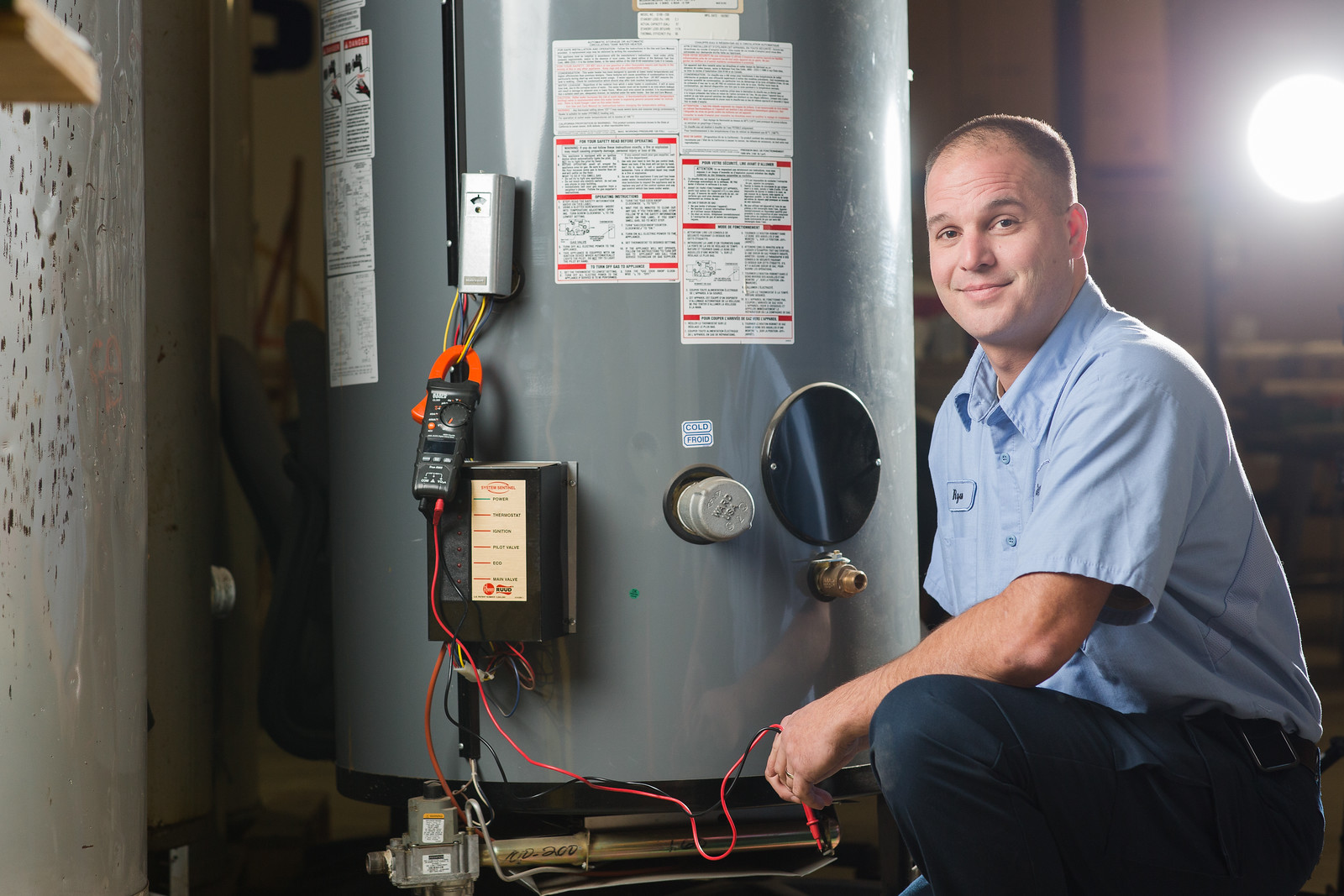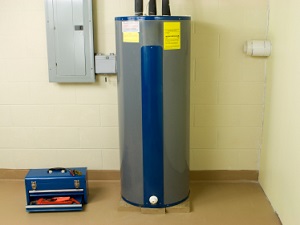They are making a number of great points on Tips on Maintaining a Water Heater in general in the content further down.

Hot water is necessary for day-to-day comfort, whether it's for a rejuvenating shower or cleaning meals. To guarantee your warm water system runs efficiently and lasts much longer, regular upkeep is key. This post gives sensible tips and insights on exactly how to keep your home's warm water system to avoid disturbances and pricey repairs.
Intro
Keeping your home's hot water system could appear challenging, but with a few easy actions, you can guarantee it runs efficiently for several years ahead. This overview covers everything from recognizing your warm water system to do it yourself upkeep ideas and recognizing when to call professional help.
Importance of Maintaining Your Hot Water System
Regular maintenance not only extends the lifespan of your hot water system but also guarantees it runs successfully. Disregarding upkeep can bring about lowered performance, greater energy bills, and even premature failing of the system.
Indicators Your Warm Water System Demands Upkeep
Knowing when your warm water system requires interest can stop major issues. Look out for signs such as irregular water temperature level, weird sounds from the heating unit, or rusty water.
Flushing the Hot Water Heater
Purging your hot water heater eliminates sediment build-up, enhancing efficiency and extending its life.
Monitoring and Changing Anode Rods
Anode rods stop rust inside the container. Evaluating and replacing them when broken is important.
Complex Concerns Requiring Specialist Assistance
Examples consist of major leakages, electrical problems, or if your hot water heater is constantly underperforming.
Routine Professional Upkeep Perks
Professional upkeep can include thorough examinations, tune-ups, and making sure compliance with safety and security requirements.
Inspecting and Changing Temperature Level Settings
Readjusting the temperature settings makes sure optimal efficiency and security.
DIY Tips for Upkeep
You can perform numerous maintenance jobs yourself to maintain your hot water system in leading condition.
Looking for Leaks
Regularly examine pipelines and connections for leakages, as these can result in water damages and higher costs.
Understanding Your Warm Water System
Before diving right into maintenance jobs, it's helpful to recognize the basic components of your hot water system. Typically, this includes the water heater itself, pipelines, anode rods, and temperature level controls.
Monthly Upkeep Tasks
Regular regular monthly checks can help catch small issues prior to they rise.
Evaluating Pressure Relief Valves
Examining the pressure safety valve guarantees it functions appropriately and stops too much pressure accumulation.
Shielding Pipes
Protecting warm water pipes decreases warmth loss and can conserve power.
When to Call a Professional
While do it yourself upkeep is valuable, some issues need specialist proficiency.
Conclusion
Routine upkeep of your home's warm water system is important for effectiveness, long life, and cost savings. By complying with these pointers and recognizing when to seek expert assistance, you can guarantee a trusted supply of warm water without unanticipated disruptions.
How to Maintain an Instant Hot Water Heater
Before tinkering with your hot water heater, make sure that it’s not powered on. You also have to turn off the main circuit breaker and shut off the main gas line to prevent accidents. Also turn off the water valves connected to your unit to prevent water from flowing into and out of the appliance. 2. When you’re done, you have to detach the purge valves’ caps. These look like the letter “T†and are situated on either side of the water valves. Doing so will release any pressure that has accumulated inside the valves while at the same time avoid hot water from shooting out and burning your skin. 3. When the purge valves’ caps are removed, you have to connect your hosing lines to the valves. Your unit should have come with three hoses but if it didn’t, you can purchase these things from any hardware or home repair shops. You can also get them from retail stores that sell water heating systems. Read the user’s manual and follow it to complete this task properly. When the hosing lines are connected, open the purge port’s valves. 4. You should never use harsh chemical cleaners or solutions when cleaning your unit. Make use of white vinegar instead. It should be undiluted and you’ll probably use about 2 gallons. 5. Now flush your water heater. This task should probably take about 40 minutes. We can’t give you specific directions for this because the procedure is carried out depending on the type, model and brand of your heater. With that being said, refer to the user’s manual. 6. When you’re done draining the unit, you have to turn off the purge port valves again. Remove the hosing lines that you earlier installed on each of the water valves. Put the valve caps (purge port) back in their respective places and be very careful so as not to damage the rubber discs that are found inside these caps. 7. Now that everything’s back in place, check your user’s manual again to find out how to reactivate your water heating system. 8. Once it is working, turn one of your hot water faucets on just to let air pass through the heater’s water supply pipes. Leave the tap on until water flows smoothly out of it. https://www.orrplumbing.com/blog/2014/september/how-to-maintain-an-instant-hot-water-heater/

We had been shown that article about What Kind of Maintenance Do Water Heaters Need? through a pal on our other web property. Feel free to take the opportunity to distribute this blog entry if you appreciated it. We value your readership.
Call Today